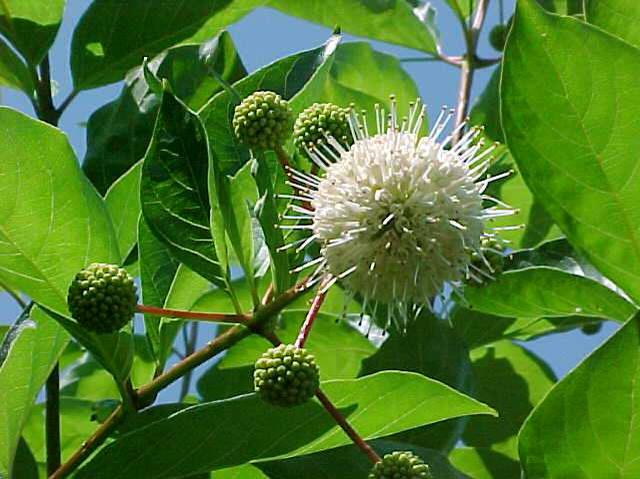Buttonbush (Cephalanthus occidentalis)
$30.00 – $90.00
Share
Description
Culture
Easily grown in moist, humusy soils in full sun to part shade. Grows very well in wet soils, including flood conditions and shallow standing water. Adapts to a wide range of soils except dry ones. Pruning is usually not necessary, but may be done in early spring to shape. If plants become unmanageable, however, they may be cut back near to the ground in early spring to revitalize.
Noteworthy Characteristics
Buttonbush is a somewhat coarse, deciduous shrub with an open-rounded habit that typically grows 6-12’ (infrequently to 20’) tall. It is common throughout Missouri, most frequently occurring in wet open areas, low woods, thickets, swamps, upland sink-hole ponds, river bottomland and stream/pond margins (Steyermark). Tiny, tubular, 5-lobed, fragrant white flowers appear in dense, spherical, long-stalked flower heads (to 1.5” diameter) in early to mid-summer. Long, projecting styles give the flower heads a distinctively pincushion-like appearance. Flower heads are very attractive to bees and butterflies. Flower heads mature into hard spherical ball-like fruits consisting of multiple tiny two-seeded nutlets. Fruiting heads usually persist throughout the winter. Ovate to elliptic glossy bright green leaves (to 6” long) are in pairs or whorls. Leaves emerge late in spring (May). Genus name comes from the Greek words cephalo (head) and anthos(flower).
Problems
No serious insect or disease problems.
Garden Uses
Naturalize in woodland areas, native plant gardens, pond margins, low spots or shrub borders. May also be grown in shallow water at the edge of ponds or large water gardens
Additional information
| size | 15-gallon, 3-gallon, 7-gallon |
|---|
Related products
-
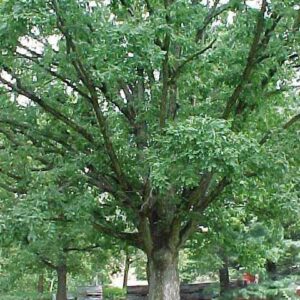
White Oak (Quercus alba)
Select options This product has multiple variants. The options may be chosen on the product page -
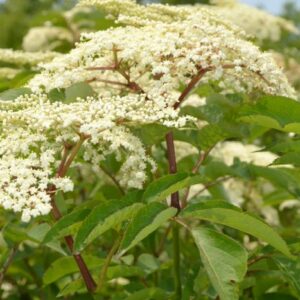
American Elderberry (Sambucus canadensis)
$30.00 Add to cart -
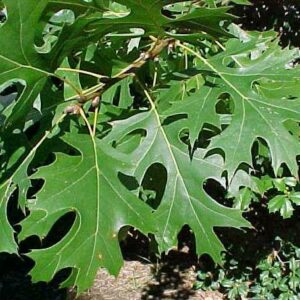
Shumard oak (Quercus shumardii)
$30.00 Add to cart -
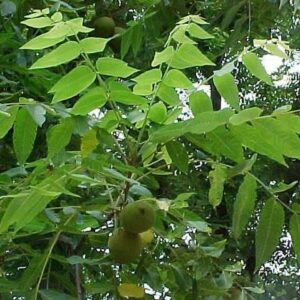
Black Walnut (Juglans nigra)
$30.00 Add to cart

